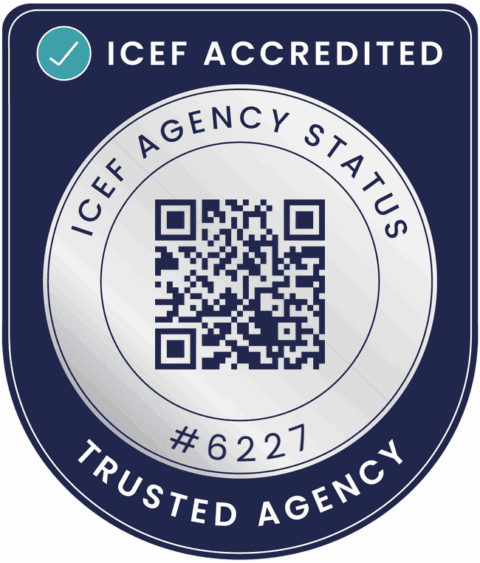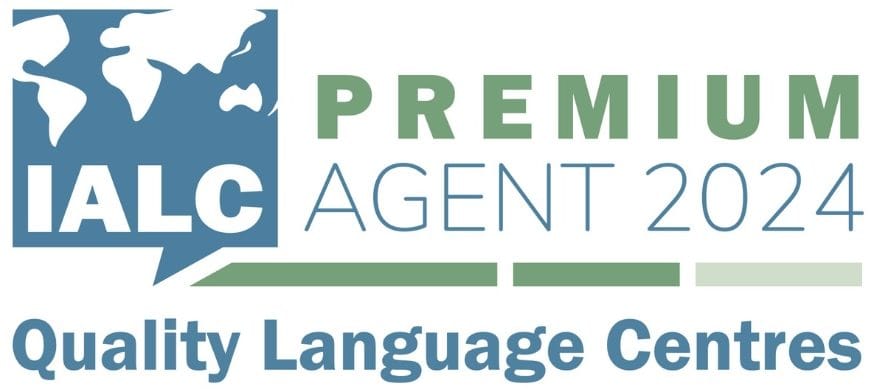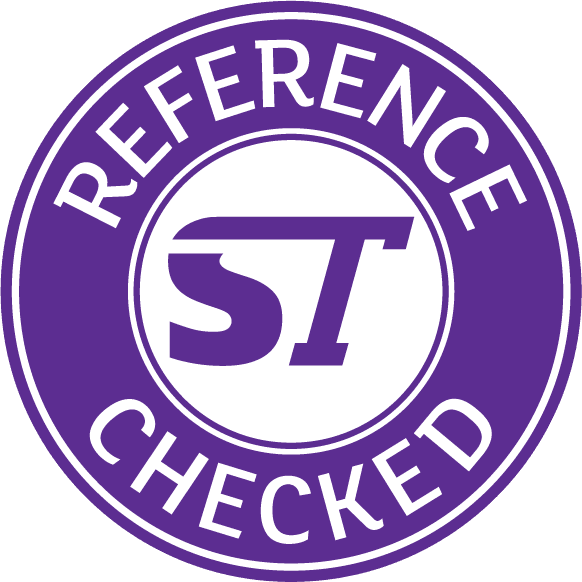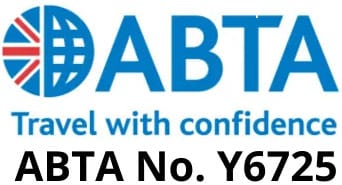As someone born and raised in Morocco, I grew up in a multilingual environment where Arabic is the national language and French is widely used in education, administration, and daily life. Since childhood, I’ve spoken French fluently and used it frequently at home, influencing how I learn other languages.
When I began to learn Spanish, I realised that having a solid foundation in French provided me with a significant advantage. French and Spanish share many similarities, which made the process easier. But there were also unexpected challenges, especially with false friends and subtle grammar differences. In this blog post, I’ll provide tips from my personal experience to help other French-speaking learners, whether from Morocco or anywhere else, navigate Spanish more confidently.
How speaking French helps with learning Spanish
1. Shared Latin roots
French and Spanish are both Latin-derived languages; therefore, they have many words in common. If you speak French, you’ll recognise a lot of Spanish vocabulary right away:
For example:
FR: important → ES: importante
FR: l’université → ES: la universidad
FR: la musique → ES: la música
This overlap allows you to guess meanings and expand your Spanish vocabulary more quickly than if you came from an entirely different language family.
2. Similar structures
Both languages employ gendered nouns, adjective agreement, and formal/informal pronouns. If you’re comfortable saying “la voiture rouge” in French (meaning the red car), it won’t be difficult to say “el coche rojo” in Spanish. And if you have learnt French verb tenses such as “passé composé” and “subjonctif”, you’ll recognise similar structures in Spanish (like “pretérito perfecto” and “subjonctivo”).
3. Learning a third language feels more natural
For many Moroccans like me, learning languages is a major part of our culture. Switching between Arabic, French, and sometimes Amazigh or English makes it easier to learn and adapt to a new language such as Spanish. We are accustomed to code-switching and adjusting to different structures.
Watch out: differences and false friends
Even with all the similarities, Spanish has its logic and certain traps for French speakers. The following areas are the ones I found the most confusing:
False friends:
These are terms that appear to be the same in both languages, yet have completely different meanings.
For example:
FR: “Rester” means “to stay” → ES: “Restar” means “to subtract”
FR: “Demander” means “to ask” → ES: “Demandar” means “to sue”
FR: “Entendre” means “to hear” → ES: “Entender” means “to understand”
It’s easy to assume you understand a word, so double-check before you use it.
Verb differences:
In Spanish, pronouns such as “vosotros” (you all, informal) are used, which are not found in French. Also, reflexive verbs and past tenses might seem familiar, but they function differently in practice.
Pronunciation challenges:
The Spanish “r” is rolled, which differs from the French uvular “r”. Additionally, all Spanish vowels are articulated, whereas French has more nasal and quieter endings. Saying words like perro dog) or caro (expensive) takes practice!
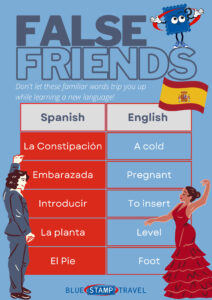
Tips for French speakers learning Spanish (from a Moroccan perspective)
1. Use French as a bridge, but stay alert:
Use your French to help you guess meanings and understand grammar, but don’t let it trick you. Beware of fake friends and double meanings.
2. Practice pronunciation out loud:
Roll your r’s, emphasise your vowels, and mimic native speakers. Spanish is more phonetic and dynamic than French.
3. Learn in context:
Consider watching Spanish films or series with French subtitles, or listening to Spanish podcasts while reading. It facilitates the connection between vocabulary and real-world applications.
4. Think in phrases, not just words:
Don’t just translate from French to Spanish; master the frequent expressions as they are. For example:
French: Je m’appelle… → Spanish: (literally: “I call myself”)
5. Get comfortable with Spanish verb conjugations:
They are conceptually similar to French conjugations, but their endings are different. Practice present, past, and future tenses regularly with charts or flashcards.
6. Use Arabic or Darija (Moroccan dialect) as an additional resource:
If you’re already fluent in Arabic, you could enjoy spotting similarities when learning Spanish, especially around food, traditions, or family life. Being trilingual is a huge advantage!
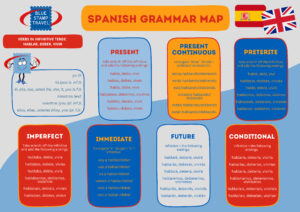
Final thoughts
Learning Spanish as a Moroccan near-native French speaker is like unlocking a door to another part of the world, only to discover that the key was already in your pocket. You have the resources, linguistic flexibility, and cultural curiosity to make fast progress.
Spanish is not just useful; it’s spoken by over 500 million people worldwide. It’s an extremely useful language to learn. Whether you’re learning Spanish for travel, work, or personal growth, don’t be afraid to start. Every new word you learn opens up new opportunities and connections.
Bonne chance et ¡buena suerte!

For more Spanish posters and language learning tips, check out the content on our classroom resources page, or why not follow our Instagram page for regular MFL content.





